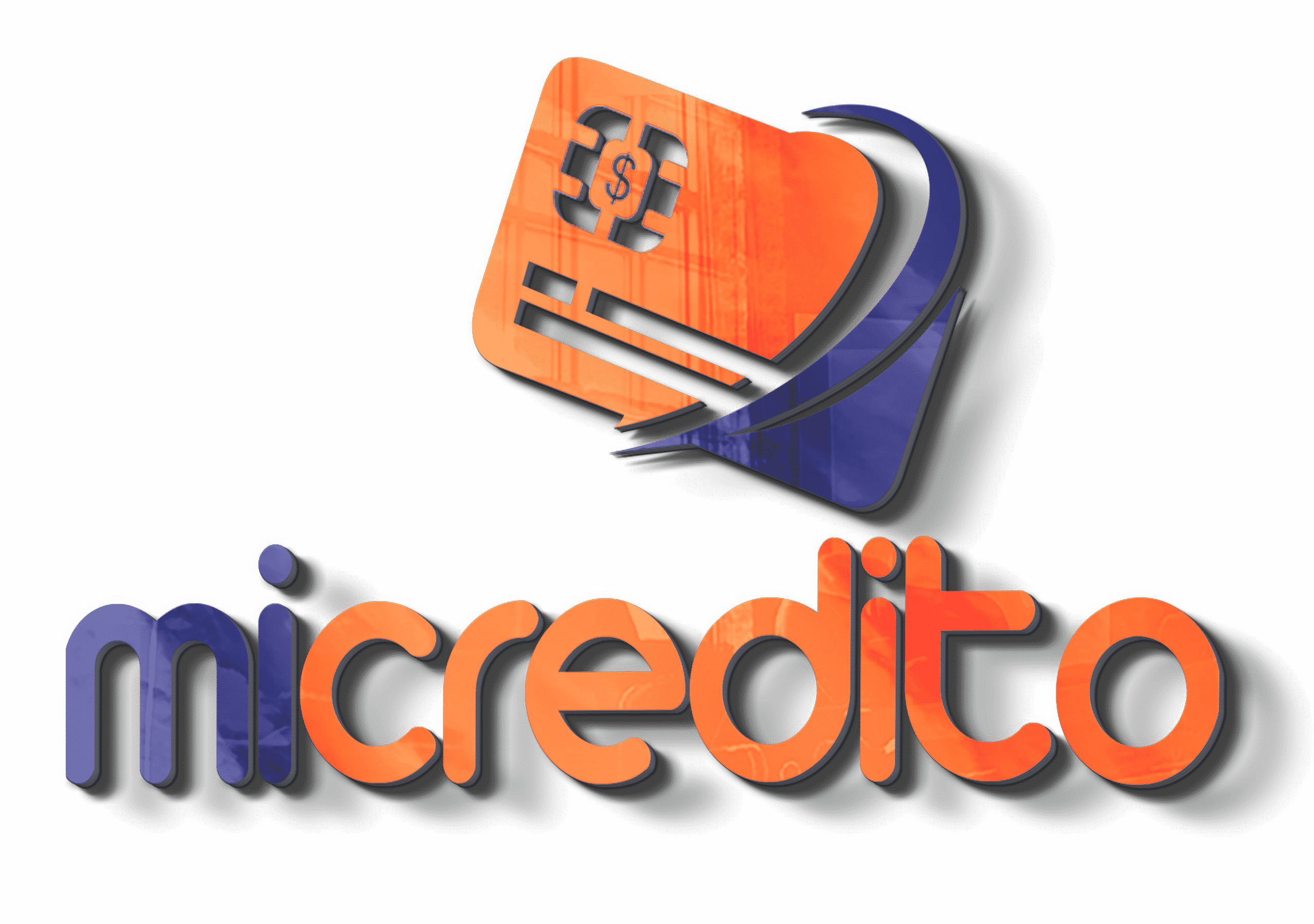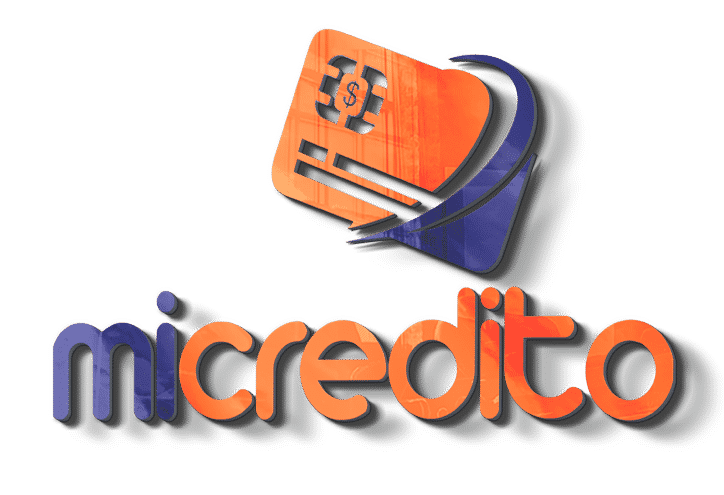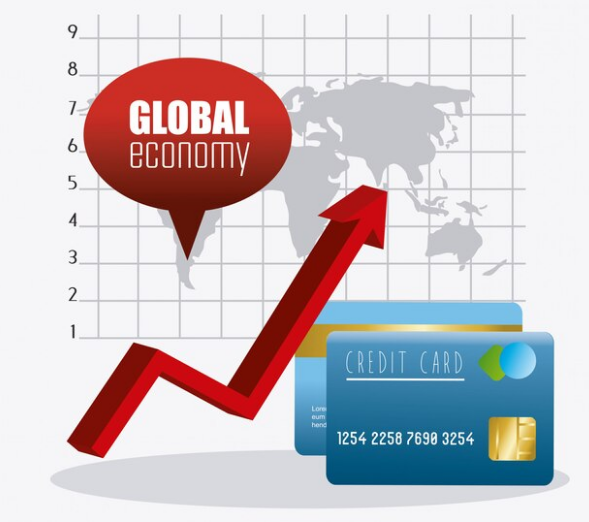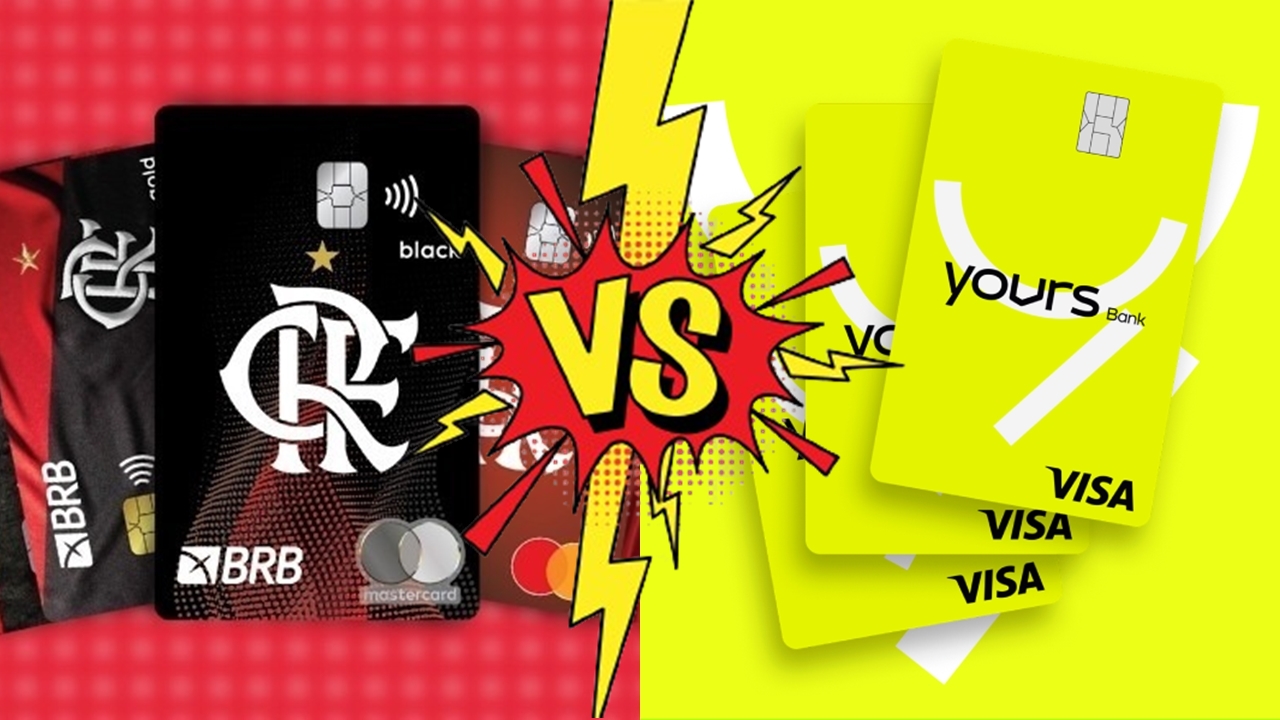Accessing credit with a damaged or limited credit history can be frustrating. Many traditional banks automatically reject applicants with scores below 580, even if they have steady income and a clear repayment plan. This scenario leaves millions of Americans without basic financial solutions during critical times.
Fortunately, 2025 brings new alternatives designed specifically for those with weak credit profiles. In this article, we explore the most accessible types of loan for people with low credit score, how they work, and what to consider before applying. The goal is to help you borrow smartly, with fewer risks and better control.
What is considered a low credit score in the U.S.?
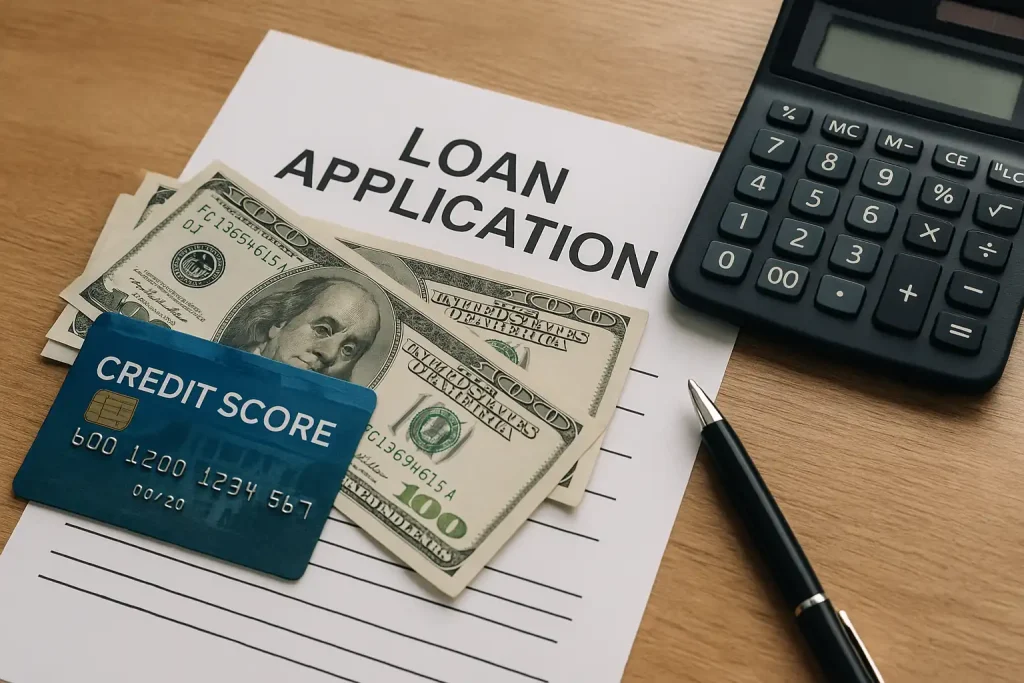
In the United States, credit scores range from 300 to 850. Any score under 580 is typically considered “poor,” and it can affect your ability to qualify for loans, leases, and even employment. Scores between 580 and 669 are often seen as “fair,” but still below ideal.
When looking for a loan for people with low credit score, it’s important to understand how lenders evaluate risk. They often look at your income, employment stability, and payment history—sometimes even more than the score itself. That’s why some financing options remain available, even with a low FICO.
Types of loans available in 2025
Borrowers with low credit scores are no longer restricted to payday lenders. In 2025, several regulated products offer safer terms. Credit unions, fintechs, and some banks now serve this segment with transparency and clear repayment structures. Below, we highlight the most common alternatives and how they differ.
- Credit union personal loans with income-based approval
- Secured loans backed by savings accounts or vehicles
- Online installment loans with prequalification tools
- Co-signed loans for better terms and shared responsibility
These options focus on risk reduction without charging abusive interest to vulnerable applicants. They also favor borrowers who want to rebuild credit while accessing cash quickly and safely. However, each product has limits and eligibility rules, so reading the fine print is essential before making a decision.
Interest rates and approval terms
Interest rates for this group vary significantly, depending on collateral, income, and lender policies. Some fintechs may offer APRs below 20%, while high-risk products can exceed 36%. It’s critical to check the full cost of the loan and avoid misleading “no credit check” ads.
| Pros | Cons |
|---|---|
| Access to funds when most needed | Higher interest rates than prime loans |
| Options to rebuild credit gradually | May require collateral or co-signers |
| Faster approval with fintech platforms | Smaller limits compared to traditional |
| Flexible repayment from some lenders | Limited availability in certain states |
How to improve approval chances in 2025
To boost your chances, gather income proof, avoid overdrafts, and keep debt-to-income below 40%. Many lenders use alternative data, like utility bills and rent, so ensure records are accurate. Applying through platforms with soft credit checks also avoids unnecessary score drops. Focus on lenders that report payments to bureaus.
Key things to watch before signing
Before accepting any loan for people with low credit score, evaluate if the monthly cost fits your budget. Check for fees beyond interest, like origination, prepayment, or service charges. Always confirm the lender reports your payments to credit bureaus—this is what allows credit rebuilding over time.
Also review whether the loan can be refinanced, paused, or rescheduled in case of financial hardship. Some modern lenders offer hardship plans, which can prevent defaults. This flexibility helps protect your score, even if your situation temporarily changes.
Conclusion
A loan for people with low credit score can be a bridge, not a trap—if chosen wisely. In 2025, more ethical and flexible options exist than ever before, many tailored to support rebuilding rather than punishment. Choosing the right one begins with understanding your needs and limits.
Evaluate all options carefully, from credit unions to secured loans, and focus on lenders that align with your income and repayment ability. Used correctly, these tools offer second chances, stability, and a clearer financial path forward for long-term financial growth and resilience.
